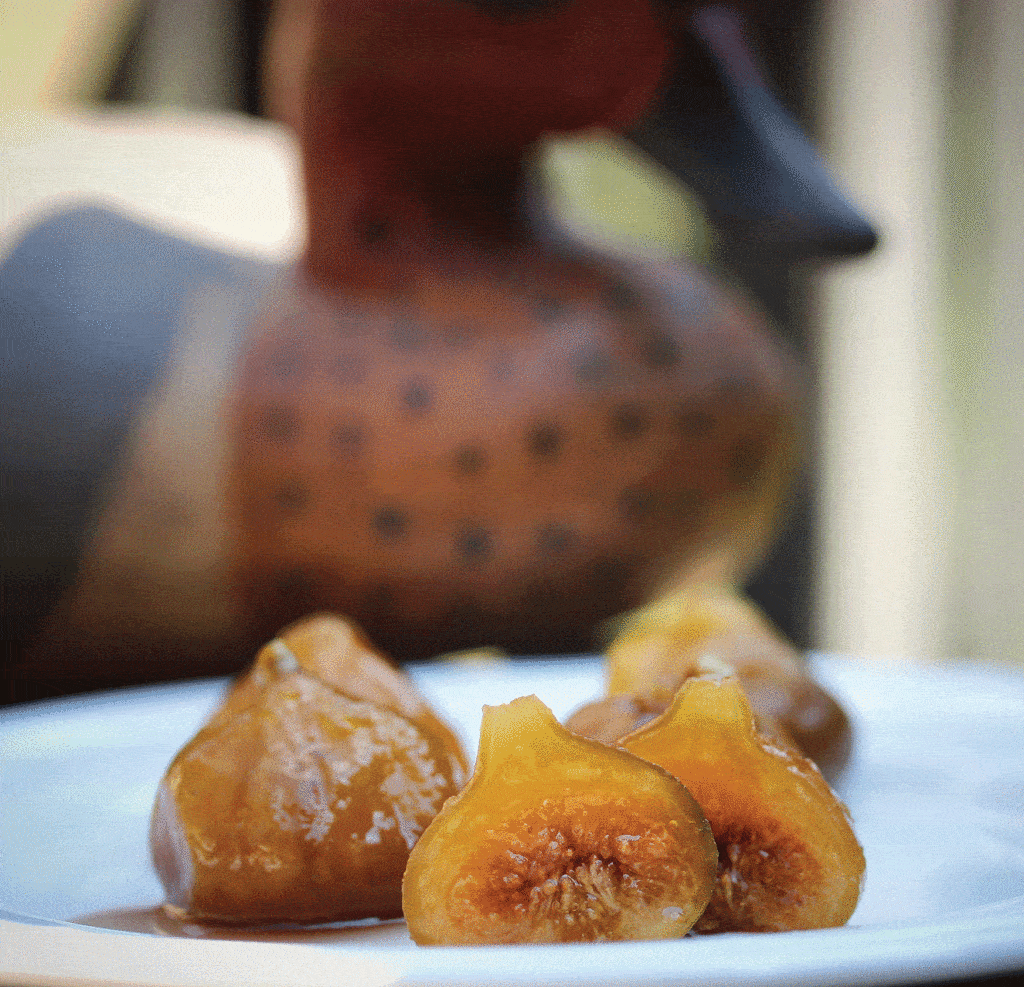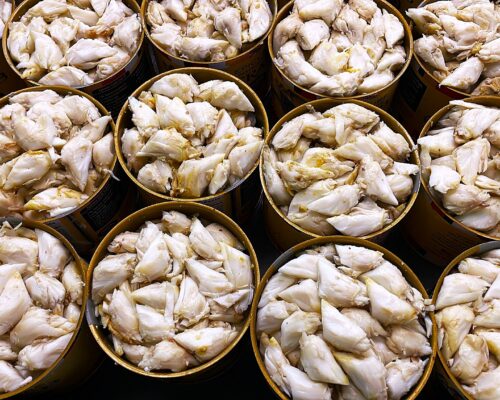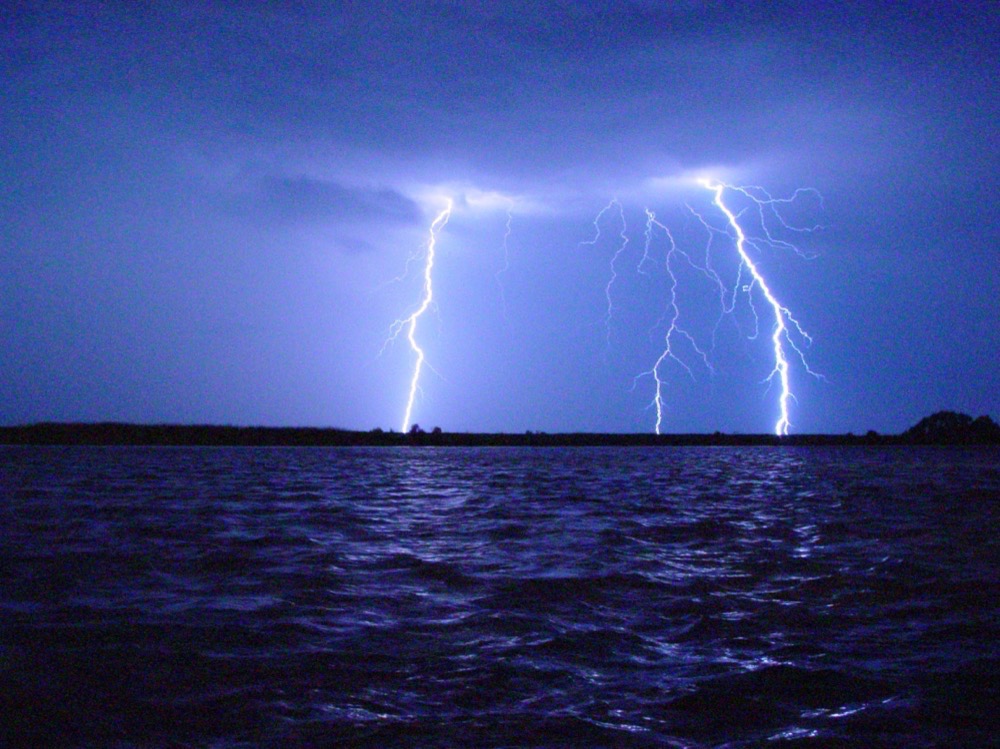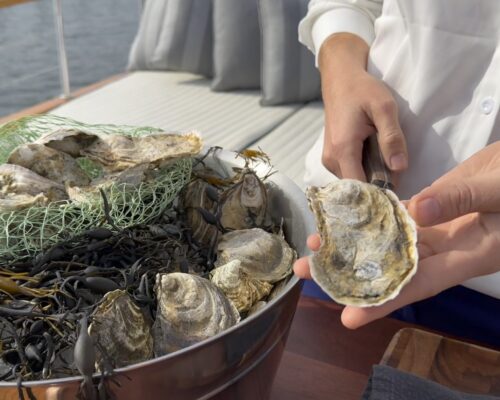HOW TO COOK FIGS
Photos by: Helene Doughty
This recipe comes from The Complete Housekeeper’s Companion by Bessie E. Gunter, published in 1889, just three years before Cleveland visited Hog Island. Ms. Gunter was from Accomack Court House (now called Accomac), only a few miles north of Hog Island. This is probably a very close approximation of the figs Grover Cleveland ate in 1892. In late summer, figs are preserved in this manner in kitchens across the Eastern Shore of Virginia to this day.
- Scald the figs and let them stand until cold.
- Make a syrup of one pound sugar, and half pint of water to each pound of figs.
- Let the syrup come to a boil then drop in the figs and cook slowly until done.
A culinary treasure, preserved on a Virginia barrier island
Nineteenth-century visitors to Broadwater, a thriving little community on Hog Island 10 miles off Virginia’s Atlantic shore, often commented on the remarkable abundance, freshness, and diversity of its food. The fruit most singled out for praise was the local fig. A visitor in 1911 noted that “the unique features of the place are luxuriant fig trees, which bear abundantly season after season.”
The Hog Island fig’s real 15 minutes of fame was splashed across the nation’s newspapers in the fall of 1892.
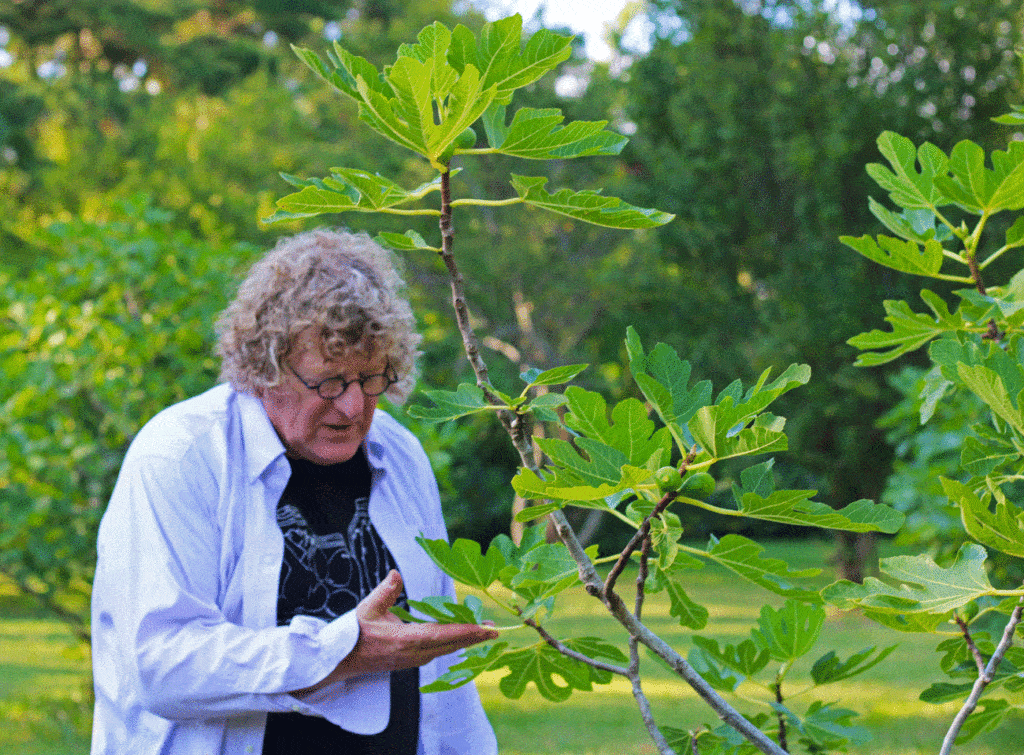
After winning the presidential election in 1892, Grover Cleveland accepted an offer to visit the Broadwater Club on Hog Island for 10 days of waterfowl hunting. One evening, the best cooks on the island were invited to prepare dinner for President Cleveland in the club’s kitchen. The New York Herald reported, “The repast has never been excelled on Broadwater Island. . . At dessert some preserved figs, raised on the island and the club’s special pride, were served.” Cleveland returned to Hog Island the following summer on a fishing expedition, so the figs must have been good.
But there was looming trouble in paradise. In 1933, a massive hurricane hit Hog Island. The sea washed over the island and residents survived by retreating to the second floor of buildings. When the water subsided, Broadwater was in ruins. Another hurricane hit in 1936. Many families put their houses on barges and relocated to mainland seaside hamlets like Willis Wharf and Oyster, where they remain today. By the 1940s, the island once described as a paradise had been abandoned. And the succulent Hog Island fig was lost.
Or was it? That is the question asked by Bernard L. Herman, culinary super-sleuth and author of the James Beard-nominated A South You Never Ate, and George B. Tindall, Professor of Southern Studies at the University of North Carolina at Chapel Hill. Herman wondered if, more than 70 years later, any specimens of the storied fig might have survived. He spoke with some of the families and traveled to the sites of the relocated houses and looked for fig trees.
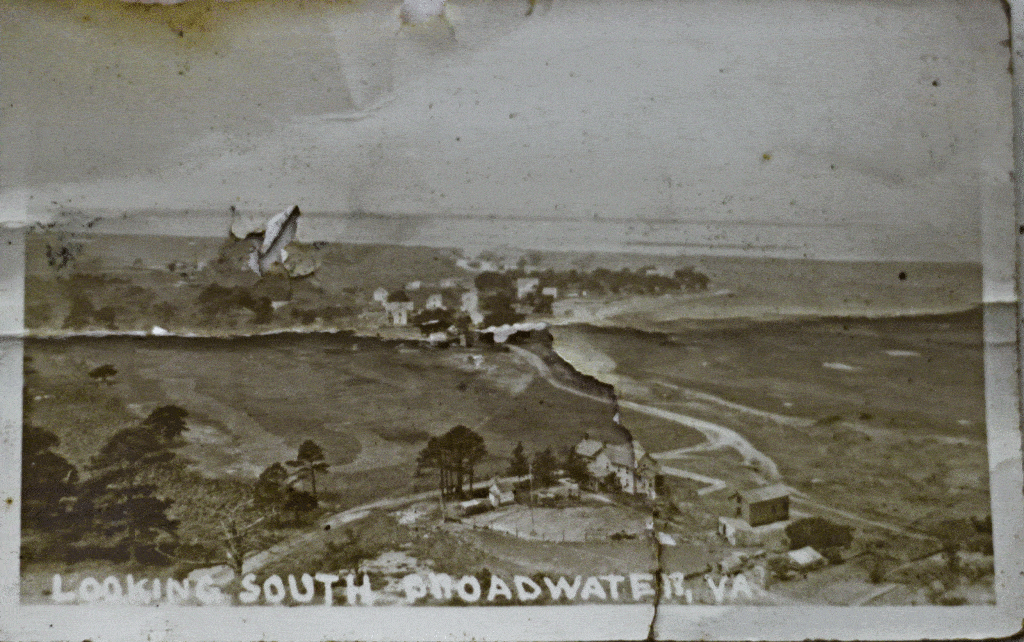
And he found them. Local residents confirmed that their parents or grandparents brought cuttings from the island and planted them in the yards of the transported houses so they could keep a taste of their lost home.
Next, Herman set out for Hog Island with local shellfish grower and fig enthusiast Tom Gallivan. Now abandoned and much eroded, the island is protected by The Nature Conservancy. After searching in the tick- and snake-infested scrub, Gallivan remembers, “Right on the very, very edge of the marsh, literally with crab buoys and flotsam and jetsam surrounding the base of it, was a fig tree.”
For the better part of a century and with no help from man, the famed figs had endured hurricanes, survived being over-washed with sea water, and withstood drought in the island’s sandy soil. Herman and Gallivan took cuttings and the fig has since been propagated.
In 2014, Slow Food International accepted the Hog Island fig into its Ark of Taste, where Hog Island figs are listed alongside artisanal French cheeses and traditional Japanese rice cultivars.
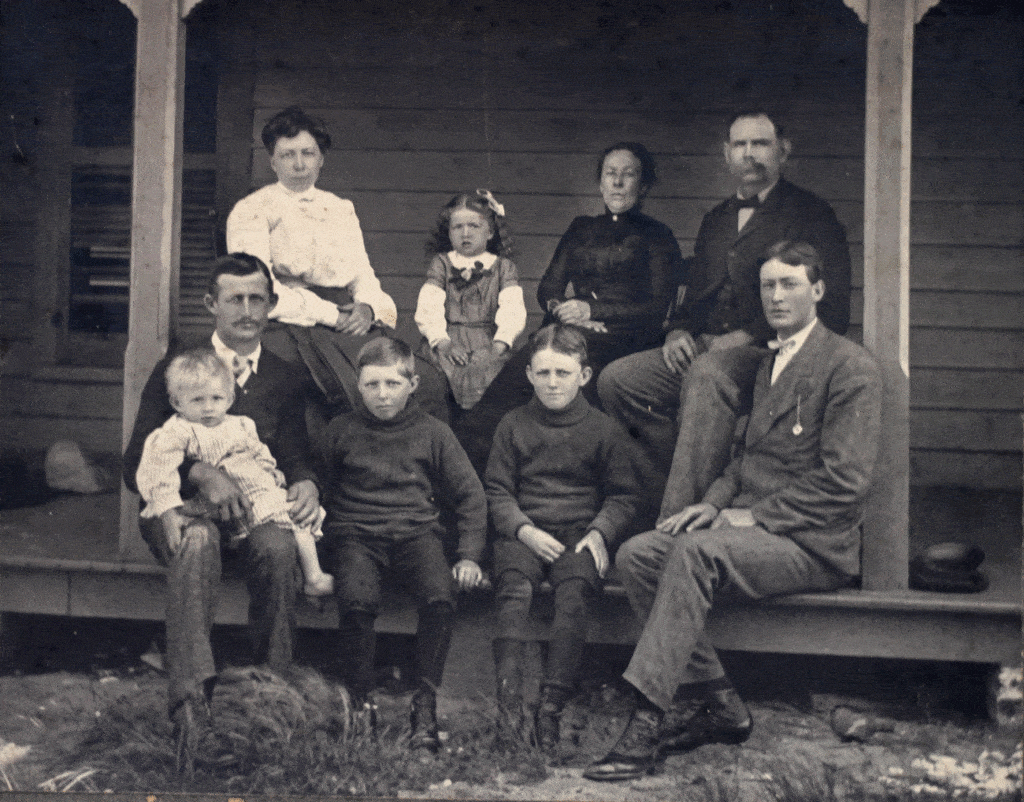
The Ark of Taste listing for Hog Island figs describes their taste and utility: “Hog Island figs are notable for their complex flavor, which begins as intensely floral and becomes earthy and sweet. The fig is widely used in preserves to be spread on bread or used in making desserts.”
The Ark of Taste also sounds a warning. Despite the Hog Island fig’s tenacity, it is not indestructible. “Extreme weather such as strong hurricanes and rising water levels related to climate change threaten the naturalized environment of these figs.”
“The Hog Island fig is a live thread to the people and the place,” says Sally Dickinson, Education Director at the Barrier Island Center in Machipongo, Virginia. The Barrier Island Center works to preserve and perpetuate the unique culture and history of Virginia’s Barrier Islands. It hosts displays on Hog Island and President Cleveland’s visits, and has incorporated Hog Island fig bushes into its landscaping.
I have had the good fortune to eat many Hog Island figs. When perfectly ripe and warm off the bush, I would liken the experience to eating a honey flower. But as David S. Shields makes clear in Southern Provisions: The Creation & Revival of a Cuisine, taste is not only a physiological phenomenon.
As it sits on your tongue, it is hard to separate the taste of the Hog Island fig from your appreciation of its history, the tenuousness of its survival, its cultural uniqueness, and its status as a trademark of the community that was and is Hog Island. All these factors contribute to the enduring taste—a direct link to the people who made their homes on an eroding island on the edge of the Atlantic Ocean.
FIG Sources
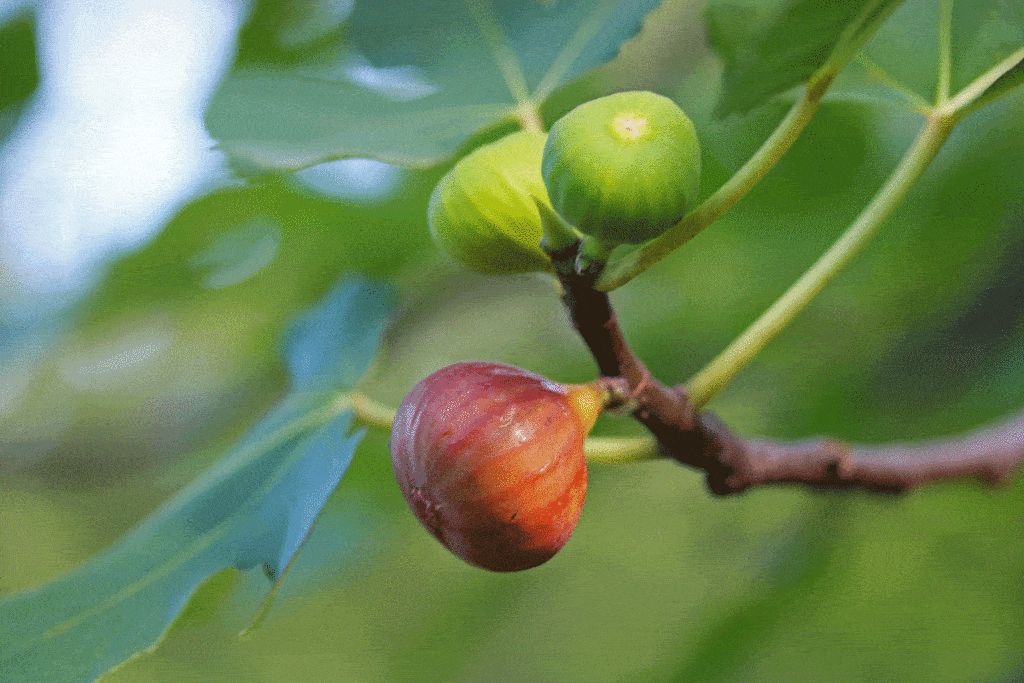
- Hog Island figs remain rare and tasting them is not easy. If you are interested in growing your own, every so often the Barrier Island Center in Machipongo, Va. (barrierislandscenter.org) has Hog Island fig bushes for sale. They can be viewed behind the newly refurbished quarter kitchen at the Barrier Island Center.
- Island View Farms (facebook.com/islandviewfarmva) in Cape Charles, Va. also grows a limited number of Hog Island figs every summer.
- In the past they have sold them at the Cape Charles Farmer’s Market (facebook.com/capecharlesfarmersmarket).
- With the current COVID-19 restrictions, the schedule of the farmer’s market is uncertain, so contact Matt at Island View Farms regarding availability.

